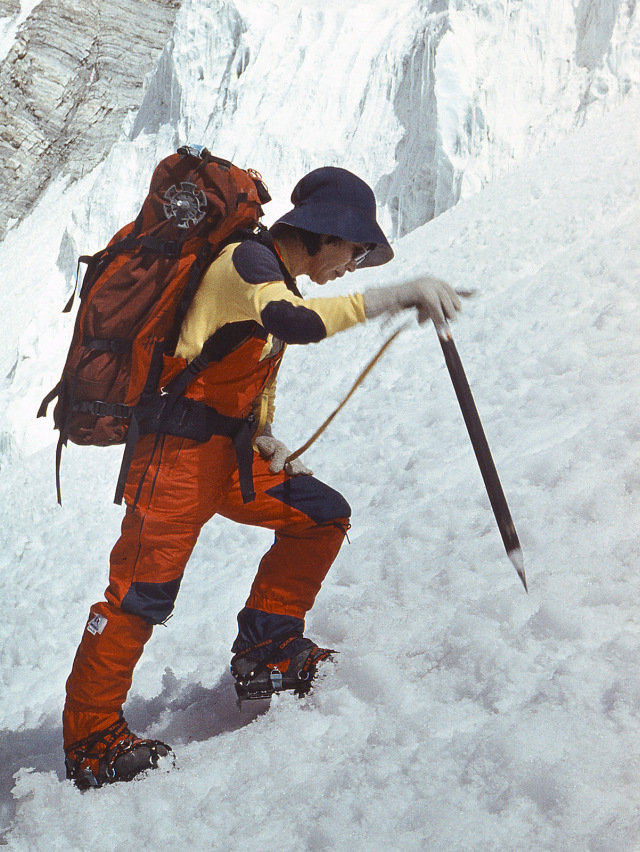Background
By the time the mid-sixties started, Junko had climbed all of Japan’s highest peaks, including the infamous Mount Fuji. Before she could begin her climb, she needed the funds to pursue her plan.
Reporter: “How challenging was it to fund an all-women expedition at that time?”
Junko Tabei: “It was very hard. There was a serious economic crisis, called the oil shock, in 1972 and ‘73. The economy had cooled down, and wherever we visited with our expedition plan, we were told that no money was available, and it would be impossible to go to Everest with a women’s-only group. Luckily, a major newspaper, Yomiuru, and a TV station, NTV, agreed to be our sponsors. Even still, each member paid 1.5 million yen (approximately $5,000)”.


